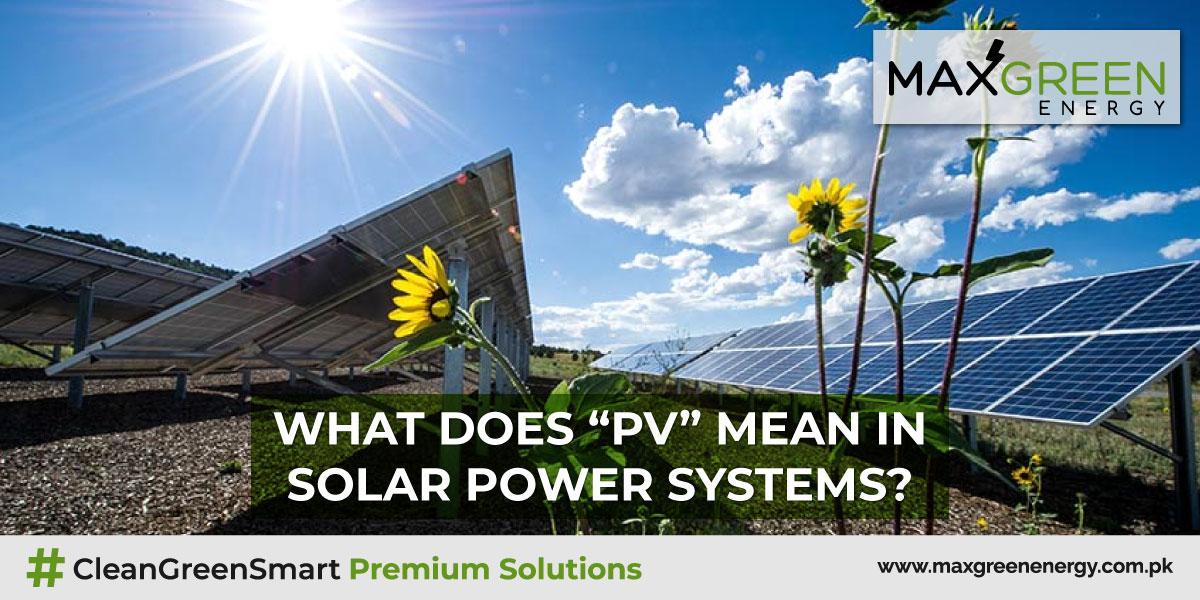You must have heard of it, but what does it actually mean in terms of Solar Power?
In the solar power industry, the letters PV stand for “Photo-Voltaic”, the name of the technology that makes solar panels possible. In simple terms, a solar panel can be described as the opposite to an LED lamp. Both devices use semiconductor materials, and they have opposite functions: an LED bulb converts electricity into light, while a solar panel (using PV) converts light into electric power.
In spite of their name, solar panels generate electricity with any light source that is bright enough, and not only with sunlight! However, sunlight is abundant and free, while lighting fixtures use electricity. Solar panels are not combined with lamps, simply because the electricity consumed is more than the electricity produced – you would actually lose money by doing this.
Solar panels are divided into photovoltaic cells, and most models have 60 or 72, in a 6×10 or 6×12 distribution. Some of the latest solar panels have a half-cell design that improves their efficiency, and they have 120 or 144. However, the solar panel size does not increase because each PV cell is only half as large.
How the photovoltaic effect works?
The photovoltaic effect combines principles from physics and chemistry. Some materials have the capacity to absorb photons – particles of light energy – and this causes their electrons to gain energy and move. The emission of electrons causes a separation of positive and negative charge, creating a voltage output.
Photovoltaic cells can be wired together to add their voltages, and this is exactly how a solar panel is made. For example, if a 60-cell solar panel has an output of 36V, each PV cell is producing 0.6V.
Solar panels became economically viable for homes and businesses until the last two decades after 2000. However, the photovoltaic effect was first demonstrated by Edmond Becquerel in 1839, almost two centuries ago. In the 1960s, decades before solar panels were installed in buildings, they were already being used to power satellites.
Most photovoltaic cells used in modern solar panels are made of specially-treated silicon. They can be classified into monocrystalline and polycrystalline cells, based on how they are produced.
Solar hot water collectors are not considered photovoltaic systems, since their operating principle is different. A PV cell produces electric current when exposed to sunlight, while a solar collector transfers heat directly to a fluid, without converting solar radiation into electric power.
How solar inverters make PV cells more productive?
Inverters are fundamental in solar power systems, since they convert the DC power from photovoltaic cells into the AC power used by home appliances. In addition, modern inverters use a technology called Maximum Power Point Tracking (MPPT), which makes solar panels more productive.
An MPPT circuit adjusts the voltage and current of a string of solar panels, to maximize the electric power delivered.
The sun’s position in the sky is constantly changing, and this means that operating conditions for solar panels are variable. The amount of solar radiation varies throughout the day, and also the incidence angle of sunlight.
Using MPPT, an inverter can adjust voltage and current to increase the kilowatt-hours produced during the day.
Photovoltaic cells with the same orientation are subject to similar conditions, and they can be controlled by the same MPPT circuit. When a solar system uses roof segments with different orientations, each group of solar panels can be connected to a different MPPT circuit. Voltage and current are optimized independently for each panel orientation, and the electricity output of the entire system is increased.
To learn more facts about solar panels and their operation: read our blogs section.
Being tech-savvy in today’s era is totally relatable, in case you need to know more about our solar panels, feel free to contact us.

